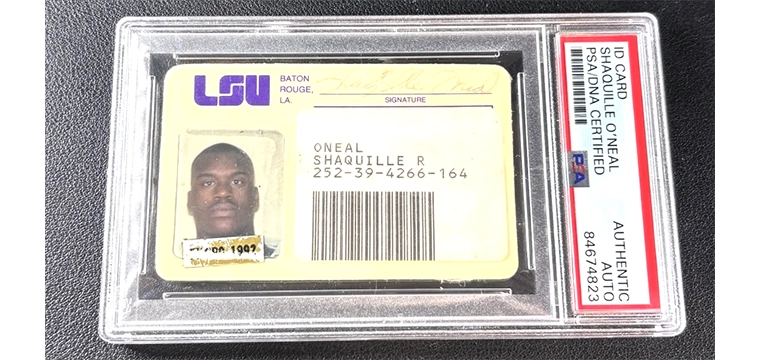The University of Southern California, a private, not-for-profit school in central Los Angeles, recently installed fingerprint scanners in each of its 14 dormitories to better secure access.
Prior to the fingerprint scanner installation, a simple swipe of the student’s ID card was all it took to gain entry to a dorm, says Keenan Cheung, housing director at USC. Some students had no problem letting others “tailgate,” a process by which persons gain entry by following immediately behind a valid entrant. “One will swipe and four people will walk in behind him,” explains Cheung.
The theft of laptops, cameras and other valuables from dorm rooms led to the need for the added security. Thanks to surveillance cameras some burglars were caught but it demonstrated that tailgating by non-students was a real and present danger.
Cheung knew they needed to do more to secure the residences.
After researching and visiting other campuses around the country, USC staff opted for fingerprint biometrics. In November 2012, 16 fingerprint scanners were deployed at 14 dormitories. Two dorms have two entry points, Cheung explains, while the other dozen buildings have just a single entry point.
USC purchased fingerprint scanners from Virdi, and opted to use campus staff rather an outside contractor for installation to keep costs down, explains Cheung.
After the scanners were installed, students were given one week to enroll their fingerprints and photo in the system. Though there are 17,000 undergraduate students, only about 3,500 live on campus–a manageable pool of enrollees.
When a student enters a dorm, the ID card is swiped to gain entry to the lobby. An additional fingerprint scan is required for access beyond the lobby. Students don’t need to pass fingerprint inspection to check mail in the lobby or access common areas.
“But if you want to get into the residential portion of the dorm, then you need a fingerprint,” says Cheung. The process takes about three seconds, he explains.
Each entry point is monitored by a member of Cheung’s staff on weekdays from 8 a.m. to 8 p.m. At night and on weekends a private staffing company mans the fingerprint scanner locations.
Guests are welcome but must be accompanied by a resident. Each guest must sign in and leave an ID in exchange for a guest pass, with the ID only returned upon checkout.
Seeing the success, other facilities have jumped on board with the technology as well. The new athletics center has a fingerprint reader and several sororities have deployed them as well, says Cheung.
Not surprisingly, there was some push back from students on the new access procedures. “We’re changing student behavior, and requiring them to get fingerprinted,” he says. “Students tend to rebel against authority.”
“Most students have accepted it,” says Cheung. “They realize we’ve put a lot of time and money into trying to make their environment as secure as possible. As an urban university, we need to do it.”
Though promising, it’s still too early to determine how well the new program is working. “We don’t have stats back yet on number of thefts since the scanners were first installed, but I can tell you I feel very comfortable that (since deployment) we haven’t had a laptop stolen by someone outside the university,” says Cheung.




